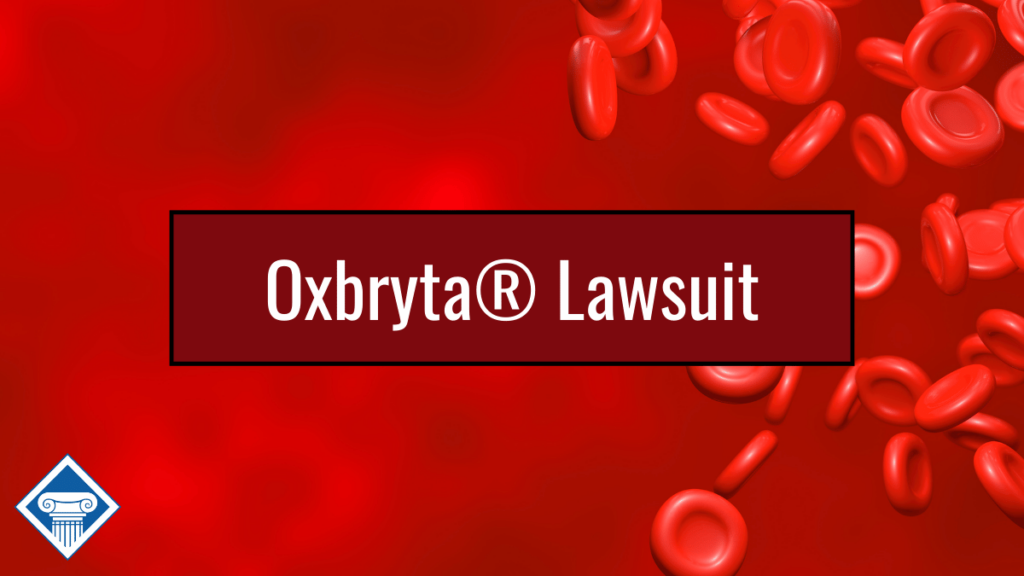Your skin is red, scaly, and bumpy. It itches but hurts when you scratch it. You’re in almost constant discomfort, and it’s often painful. You may have dermatitis. If you believe the inflammation of your skin is related to your military service, you’ll want to understand the dermatitis VA rating.
Talk to Us About Your Claim:
(812) 426-7200
In this article about the VA rating for dermatitis:
Veterans and dermatitis
Dermatitis is an umbrella term for conditions that cause skin inflammation, resulting in symptoms like redness, dryness, and itching. Eczema (atopic dermatitis) is the most common form.
Veterans as a group are prone to skin conditions. According to one study, the top five skin conditions military personnel experience are fungal infections, eczema/dermatitis, insect bite reactions, bacterial infection, and acne. The same study found that military personnel are prone to dermatitis because of factors including sweating, use of camouflage cream and insect repellants, and allergic reactions to uniforms and gear they have to wear.
Many veterans may also have skin conditions as a result of exposure to toxins or other environmental factors during their military service.
“The firm got me to 70%, and I was happy. Individual unemployability was awarded to me and to this day, I’m so grateful. My future is no longer bleak. These people work very hard for you.”

R.C., a Navy veteran in Hawaii

Types of dermatitis
Because dermatitis is a category of skin conditions, there are multiple types. Common types of dermatitis include:
- Atopic dermatitis – The medical name for eczema, this skin condition causes dry, itchy, and inflamed skin. Eczema may stay dormant for some time, and then reappear during a flare-up.
- Contact dermatitis – An itchy rash that’s caused by contact with an allergen.
- Seborrheic dermatitis – a skin condition that results in scaly patches, inflamed skin, and dandruff. It’s usually on the scalp but may also appear on the face, eyebrows, ears, eyelids, and chest.
This is not an exhaustive list, so you can be diagnosed with another skin condition that falls under the umbrella of “dermatitis.”
Dermatitis VA rating
The VA rates dermatitis under diagnostic code 7806 using the General Rating Formula for Skin in the Schedule of Ratings. The category provides ratings of 60%, 30%, or 10% based on the area of the body affected by the condition or the need for treatment.
The VA defines systemic therapy as “treatment that is administered through any route (orally, injection, suppository, intranasally) other than the skin, and topical therapy is treatment that is administered through the skin.”
It’s possible for veterans with multiple forms of dermatitis affecting different parts of the body or undiagnosed skin conditions to receive more than one rating under this formula.
C&P exam for dermatitis
To receive VA disability benefits for dermatitis, veterans need a diagnosis that falls under the category of dermatitis and proof that their military service caused or exacerbated the condition. Receiving VA disability for dermatitis also means completing a compensation and pension (C&P) exam.
A C&P exam for skin dermatitis is much like a regular medical exam. The medical professional will ask you questions about your military service and how your condition manifests and affects your life. Then, they will most likely want to view the skin condition and see how much of the body is affected. The VA will deny your claim if you don’t complete a requested exam.
“If you were injured while serving this country and are reading this review, I encourage you to contact Woods & Woods right away. They are always standing ready to assist veterans in need.”
TDIU for dermatitis
In some cases, a veteran can be awarded total disability based on individual unemployability (TDIU) benefits for dermatitis. Veterans are eligible for this benefit if they can’t maintain substantially gainful employment due to their service-connected condition.
A veteran with dermatitis may not be able to work if their condition causes severe pain or discomfort. Mental health conditions are also a common secondary complication tied to dermatitis. The combined effects of service–connected dermatitis and depression or anxiety could also make a veteran eligible for TDIU.
Veterans who receive TDIU are compensated at the 100% disability rating level even though their condition is rated below 100%.
Veterans will typically be eligible for TDIU if they have:
- At least one service-connected disability rated at 60% or more disabling OR
- Two or more service-connected disabilities with at least one rated at 40% or more disabling and a combined rating of 70% or more
How our VA-accredited attorneys can help
If you have a service-connected condition that affects your ability to live and work comfortably, you deserve VA disability compensation. Contact Woods & Woods today for a free consultation to see how we can help. You only pay us if we win.
Don’t fight the VA alone

Frequently asked questions
Yes, the VA rates dermatitis under the General Schedule of Ratings for Skin Conditions. Dermatitis is typically rated based on the severity of your specific condition, how large the impacted area is, and whether significant treatment is needed. Veterans with more than one form of dermatitis affecting different areas of the body could be eligible for multiple VA ratings under this formula.
You will need to be able to show that you have eczema, which may be easier during the flare-up. You may be able to use medical records to support your claim as well. You also will need to prove that your military service caused or worsened your military service.








